#Purims of Algiers
Explore tagged Tumblr posts
Text
11 Tammuz 5784 (16-17 Tammuz 2024)
The Jewish presence in North Africa dates back at least as far as the Roman period, and possibly before that in the Carthaginian empire. After the Alhambra Decree expelled both Jews and Muslims from the kingdoms of Aragon and Castile many Iberian Jews joined their Islamic neighbors in seeking refuge in the various Islamic societies of the Maghreb.
The Sephardi refugees brought their memories of the horrors of the Spanish Inquisition, and passed the stories of those persecutions on to their descendants. So when the Spanish sought to expand their empire across the Mediterranean, the Jews of Algiers knew the dangers.
In 5535, a Spanish fleet led by the Irish expatriate Alejandro O’Reilly sought to capture Algiers, hoping for a quick victory to restore Spanish pride after the painful failures of the Seven Years War.
Twenty thousand Spanish troops set out aboard over two hundred troop transports defended by 74 warships. Jewish Algerians were deeply distressed by the possibility of Spanish occupation, and some volunteered to fight in the army of Dey Mohammed ben Osman. Amazigh forces also came to the city’s aid.
Spanish forces found themselves unprepared for the extreme heat of summer on the Maghrebi coast, and had to abandon much of their artillery when it sunk into the coastal dunes. The defending forces lured the attackers forward with a feinted retreat until they were surrounded and too far inland to be defended by the cannons of their naval reinforcements.
Five thousand Spanish soldiers died in the battle and another two thousand were taken prisoner while the rest of the invasion force retreated in disorder to their boats. The Spanish had been so sure of a speedy victory that they had brought barely more provisions than were needed to reach Algiers and were forced to return to Spain immediately rather than mounting a prolonged naval blockade of the city. Thus the entire invasion was repelled in a single day.
The Jews of Algiers were ecstatic to see the spectre of Spanish rule and the arrival of the Inquisition turned back so soundly and speedily. It was said that the graves of two of Algiers most famed sages had shot out holy fire to repel the Spanish armada. The day of the attack was declared as the Purim of Tammuz for the Jews of Algiers, and was celebrated annually through the next two centuries.
Algeria’s Jewish population was significantly diminished by emigration to Israel and France over the course of the twentieth century. It is estimated that at this time approximately five thousand Jews remain, compared to over a hundred thousand a century ago.
#hebrew calendar#jewish calendar#judaism#jewish#jewish holidays#jumblr#second purims#Maghrebi Jews#sephardi diaspora#sephardim#sephardi history#Purims of Algiers#Jews expect the Spanish Inquisition#Tammuz#11 Tammuz#🌓
9 notes
·
View notes
Photo
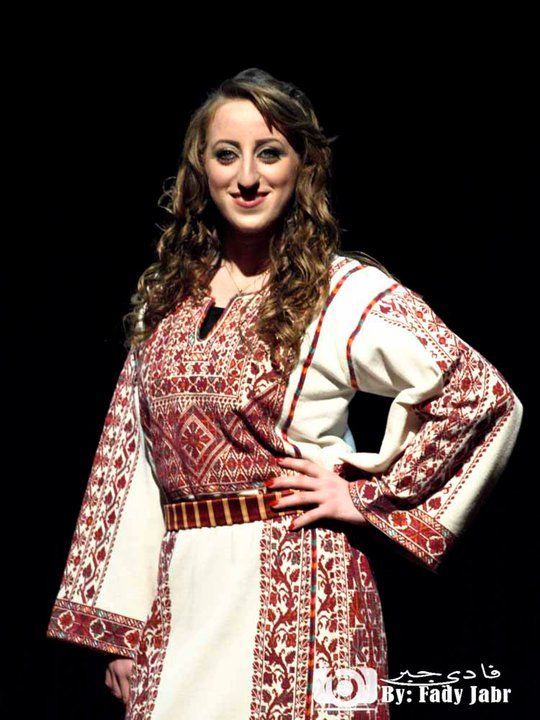

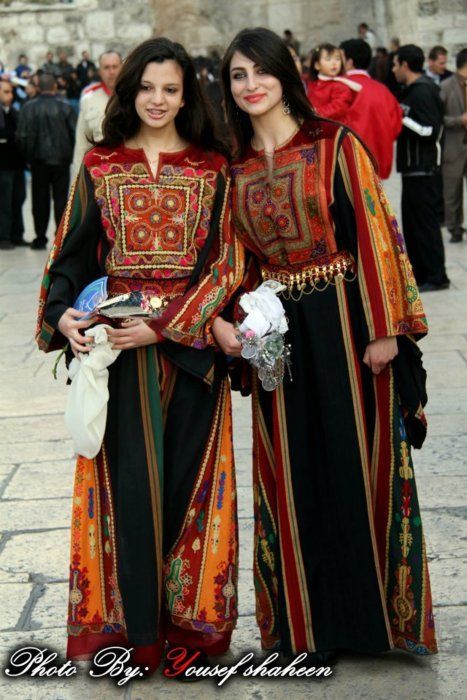
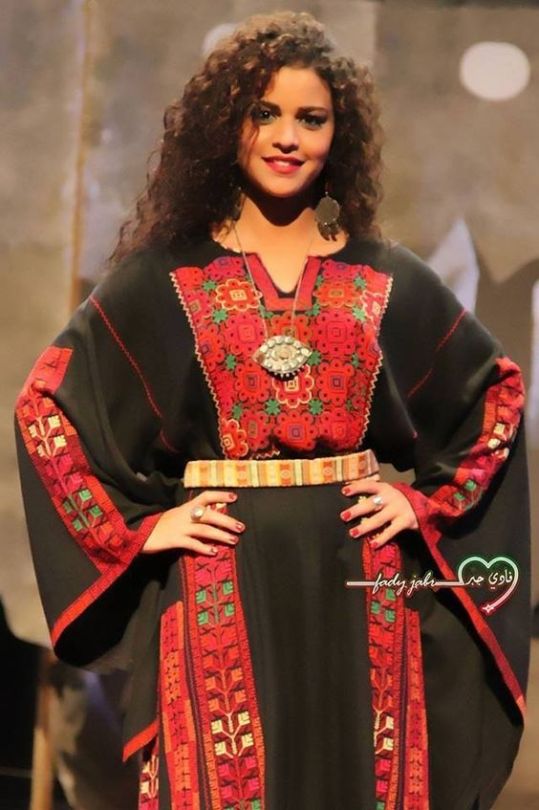
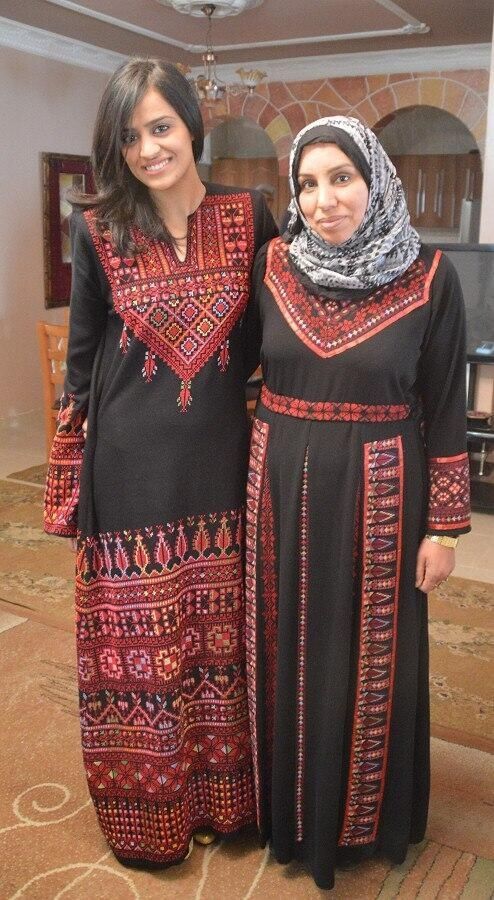




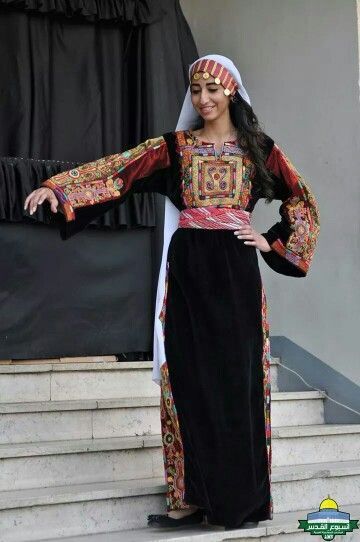

Until the 1940s, traditional Palestinian clothing reflected a woman's economic and marital status and her town or district of origin, with knowledgeable observers discerning this information from the fabric, colours, cut, and embroidery motifs (or lack thereof) used in the apparel.
The Thob (pronounced “thobe”) is a loose-fitting robe with sleeves. The cut of the garment varied by region. The qabbeh is the square chest panel of the Thob, often decorated.
Foreign travelers to Palestine in the 19th and early 20th centuries often commented on the rich variety of the clothing worn, particularly by the fellaheen or village women. Many of the handcrafted garments were richly embroidered and the creation and maintenance of these items played a significant role in the lives of the region's women.
1-2, 6. Ramallah/Rumi thob
You may have seen Palestine in the news lately...
Palestine was among former Ottoman territories placed under UK administration by the League of Nations in 1922. All of these territories eventually became fully independent States, except Palestine, where in addition to “the rendering of administrative assistance and advice” the British Mandate incorporated the “Balfour Declaration” of 1917, expressing support for “the establishment in Palestine of a national home for the Jewish people”. During the Mandate, from 1922 to 1947, large-scale Jewish immigration, mainly from Eastern Europe took place, the numbers swelling in the 1930s with the Nazi persecution. Arab demands for independence and resistance to immigration led to a rebellion in 1937, followed by continuing terrorism and violence from both sides. UK considered various formulas to bring independence to a land ravaged by violence. In 1947, the UK turned the Palestine problem over to the UN.
After looking at alternatives, the UN proposed terminating the [British] Mandate and partitioning Palestine into two independent States, one Palestinian Arab and the other Jewish, with Jerusalem internationalized (Resolution 181 (II) of 1947). One of the two envisaged States proclaimed its independence as Israel and in the 1948 war involving neighbouring Arab States expanded to 77 percent of the territory of mandate Palestine, including the larger part of Jerusalem. Over half of the Palestinian Arab population fled or were expelled. Jordan and Egypt controlled the rest of the territory assigned by resolution 181 to the Arab State. In the 1967 war, Israel occupied these territories (Gaza Strip and the West Bank) including East Jerusalem, which was subsequently annexed by Israel. The war brought about a second exodus of Palestinians, estimated at half a million. In 1974 the General Assembly reaffirmed the inalienable rights of the Palestinian people to self-determination, national independence, sovereignty, and to return. The following year, the General Assembly established the Committee on the Exercise of the Inalienable Rights of the Palestinian People and conferred on the Palestinian Liberation Organization (PLO) the status of observer in the Assembly and in UN conferences.
In June 1982, Israel invaded Lebanon with the declared intention to eliminate the PLO. A cease-fire was arranged. PLO troops withdrew from Beirut and were transferred to neighboring countries. Despite the guarantees of safety for Palestine refugees left behind a large-scale massacre took place in the Sabra and Shatila camps. In September 1983, the International Conference on the Question of Palestine (ICQP) adopted the following principles: the need to oppose Israeli settlements and Israeli actions to change the status of Jerusalem, the right of all States in the region to existence within secure and internationally recognized boundaries, and the attainment of the legitimate, inalienable rights of the Palestinian people. In 1987, a mass uprising against the Israeli occupation began in the Occupied Palestinian Territory (the intifada). Methods used by the Israeli forces resulted in mass injuries and heavy loss of life among the civilian Palestinian population. In 1988 the Palestine National Council meeting in Algiers proclaimed the establishment of the State of Palestine.
A series of negotiations in the early 1990s culminated in the mutual recognition between the Government of Israel and the PLO, the representative of the Palestinian people, and the signing in 1993 of the Declaration of Principles on Interim Self-Government Arrangements (DOP or “Oslo Accord”), as well as the subsequent implementation agreements, which led to the partial withdrawal of Israeli forces, the elections to the Palestinian Council and the Presidency of the Palestinian Authority, the partial release of prisoners and the establishment of a functioning administration in the areas under Palestinian self-rule.
The visit by Ariel Sharon of the Likud to Al-Haram Al-Sharif (Temple Mount) in Jerusalem in 2000 was followed by the second intifada. Israel began the construction of a West Bank separation wall, located mostly within the Occupied Palestinian Territory, ruled illegal by the International Court of Justice. In 2002, the Security Council affirmed a vision of two States, Israel and Palestine. In 2002 the Arab League adopted the Arab Peace Initiative. In 2005, Israel withdrew its settlers and troops from Gaza while retaining control over its borders, seashore and airspace. After an armed takeover of Gaza by Hamas in 2007, Israel imposed a blockade. Escalating rocket fire and air strikes in late 2008 culminated in Israeli ground operation “Cast Lead” in Gaza. Violations of international law during the Gaza conflict were investigated by the UN (“Goldstone report“). In 2011 President Mahmoud Abbas submitted the application of Palestine for membership in the UN. UNESCO admitted Palestine as a Member. On 29 November 2012 Palestine was granted non-member observer State status in the UN. The General Assembly proclaimed 2014 an International Year of Solidarity with the Palestinian People. (Source: United Nations)
Israel is holding a national election today, and one of the politicians running is Prime Minister Benjamin Netanyahu, who has been PM of Israel for a decade. Under his regime, Israel has settled more and more Palestinian territory. Netanyahu has promised to seize more Palestinian territory, specifically pledging to annex Jewish settlements in the occupied West Bank. Such a move would represent a dramatic, far-right policy change for Israel, staking a permanent claim over lands Palestinians demand for their own state.
In one of the West Bank's tensest cities — where several hundred Israeli settlers live in guarded enclaves among some 200,000 Palestinians — Israelis dressed up in costume and paraded down the main street. It was the Jewish carnival holiday of Purim, but the settlers were celebrating more than just the religious festivities.
In January, they had successfully lobbied Netanyahu to expel an international observer group tasked with patrolling Hebron and making Palestinians in the city feel safe after an Israeli settler killed 29 Palestinian worshippers there on Purim in 1994. Some settlers at this year’s festivities, including a candidate in the national elections, dressed in costume as the expelled international observers. They also dressed up in costume as Palestinian Muslim women. (Source: NPR)
But Palestinian dress is not a funny costume. It is a symbol of an ancient culture that is being smothered under the oppression of Israel.
147 notes
·
View notes
Text
Purim-Kostüme im Lauf der Jahre
Elder of Ziyon, 10. März 2020
Manchester 1914 Algiers 1923 Italien 1938 Tschechoslowakei, um 1900 Haifa 1958 Israel 1967
View On WordPress
0 notes